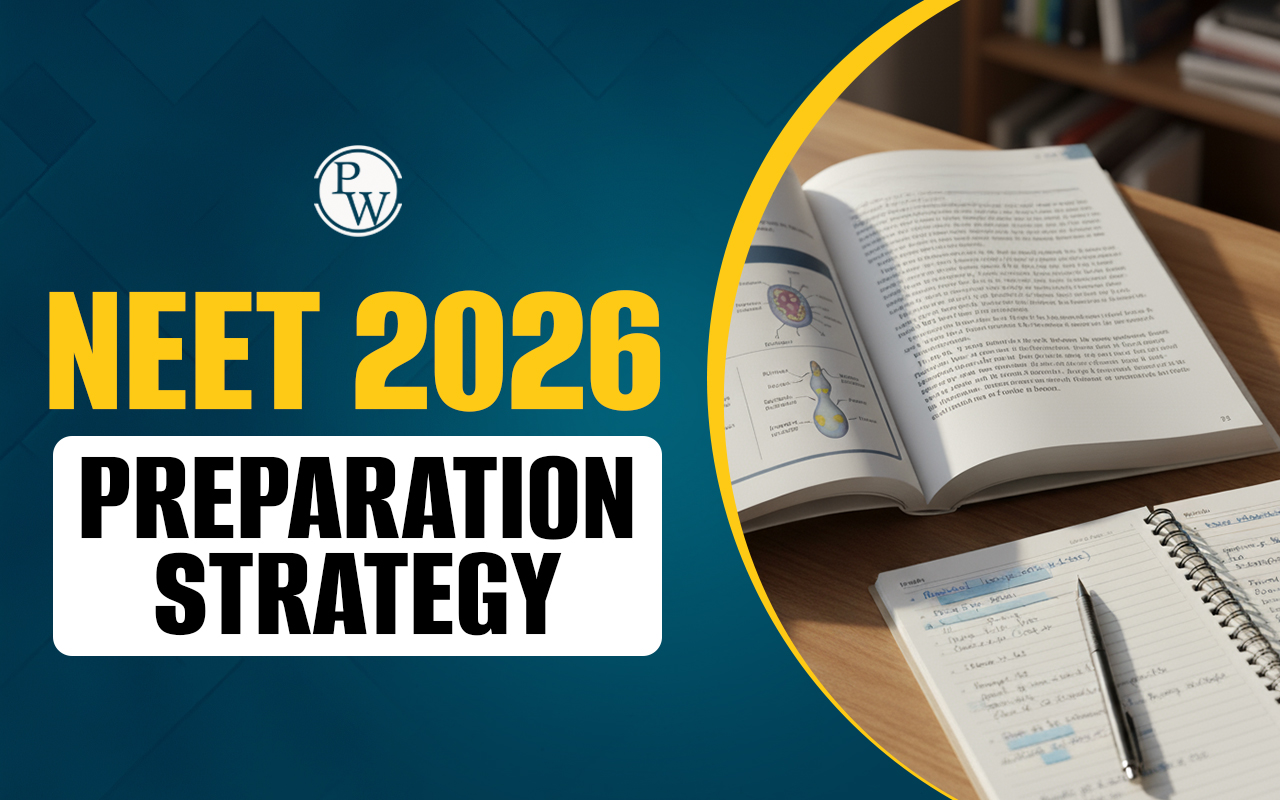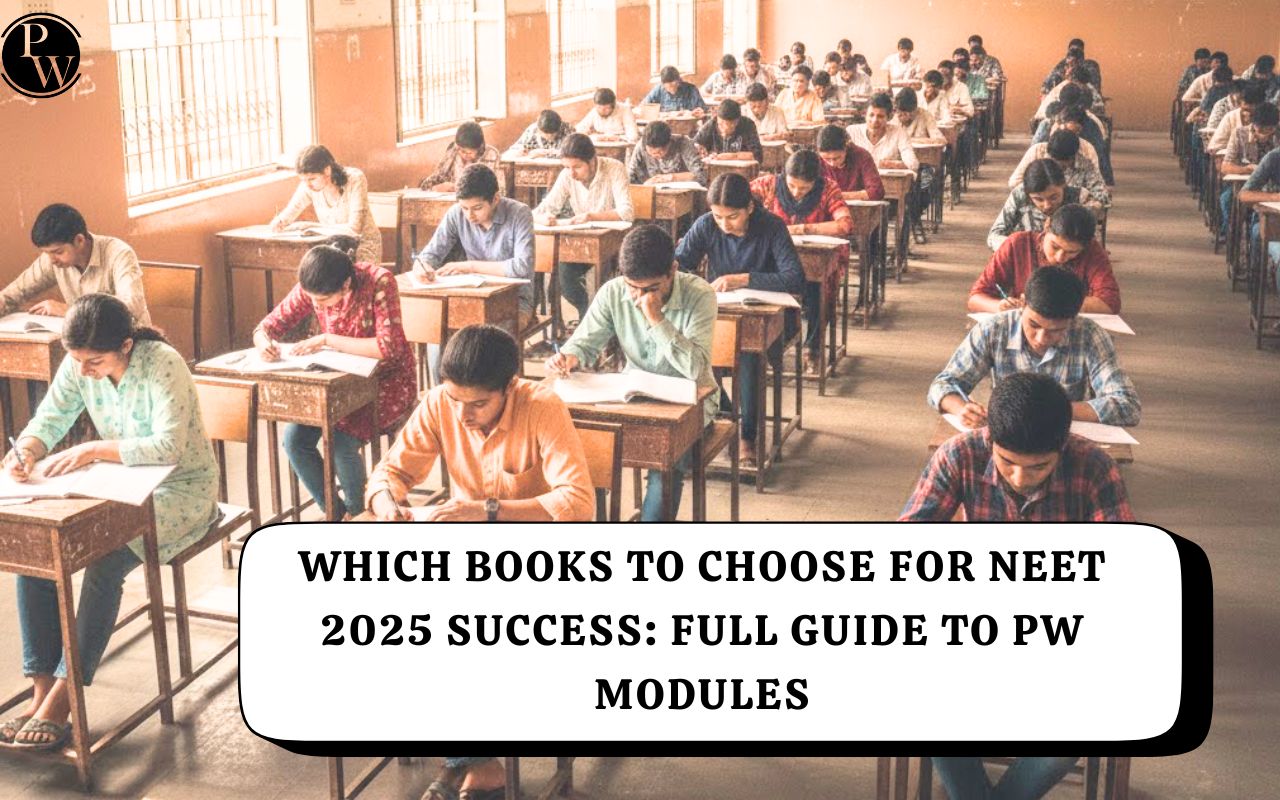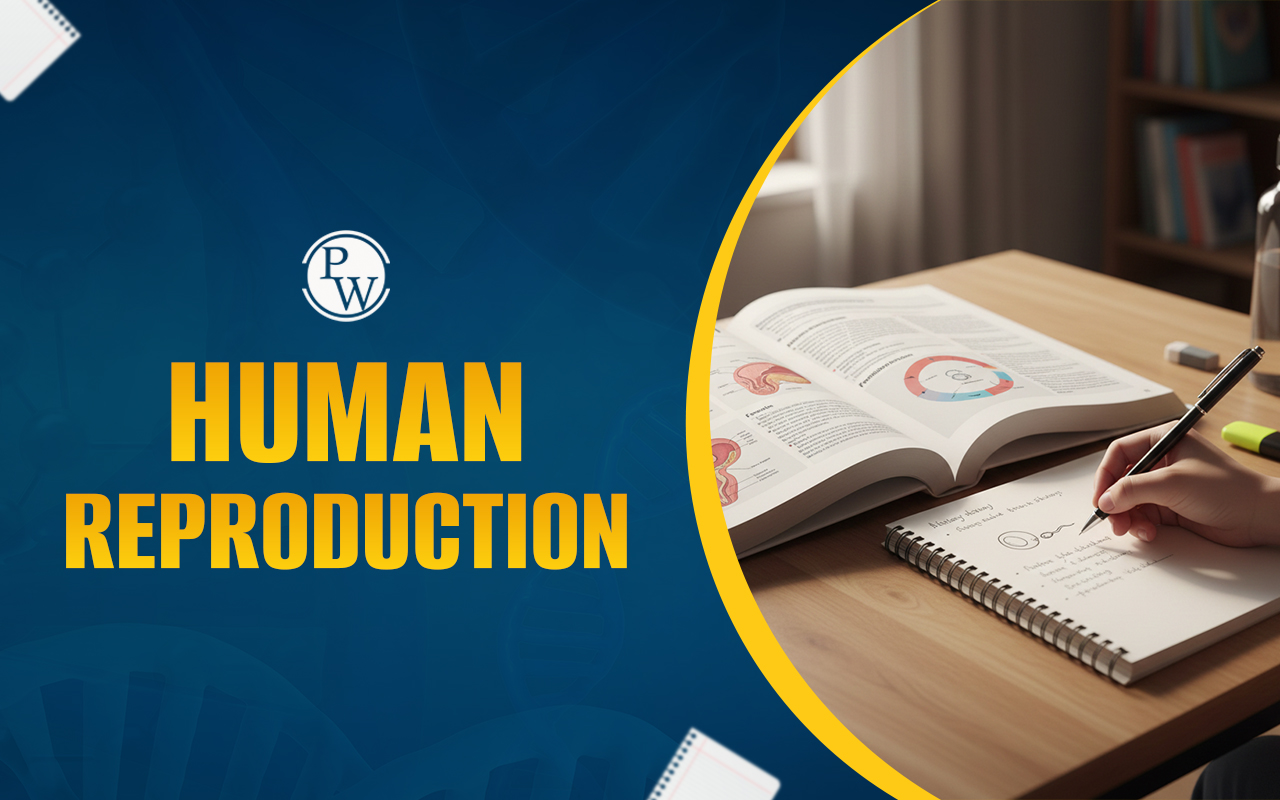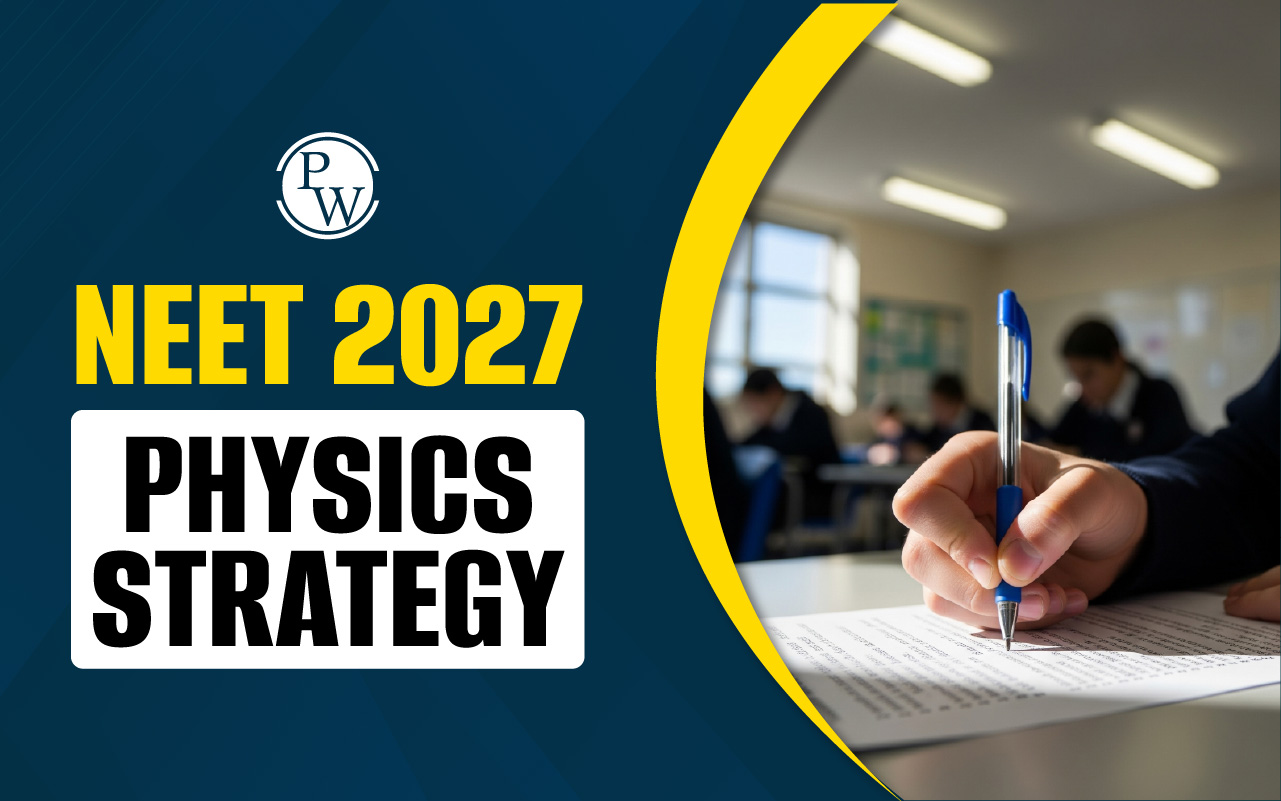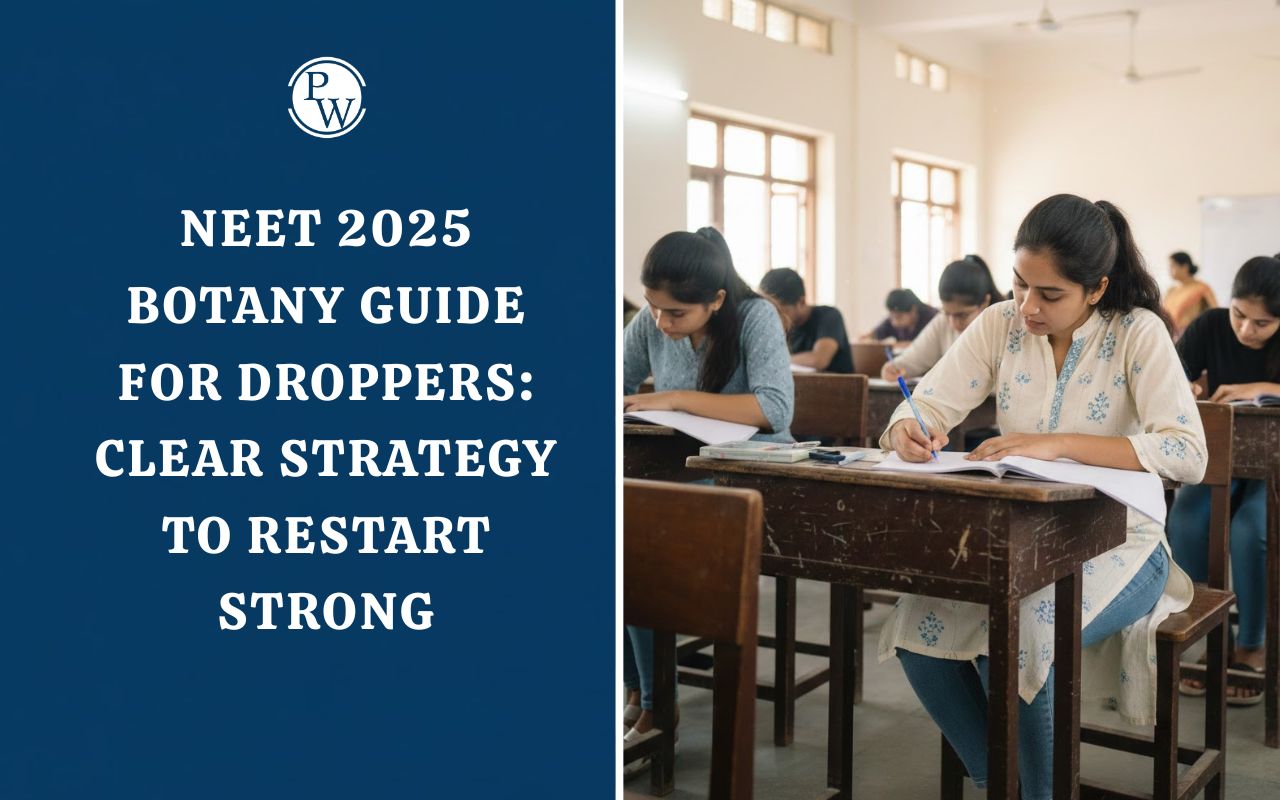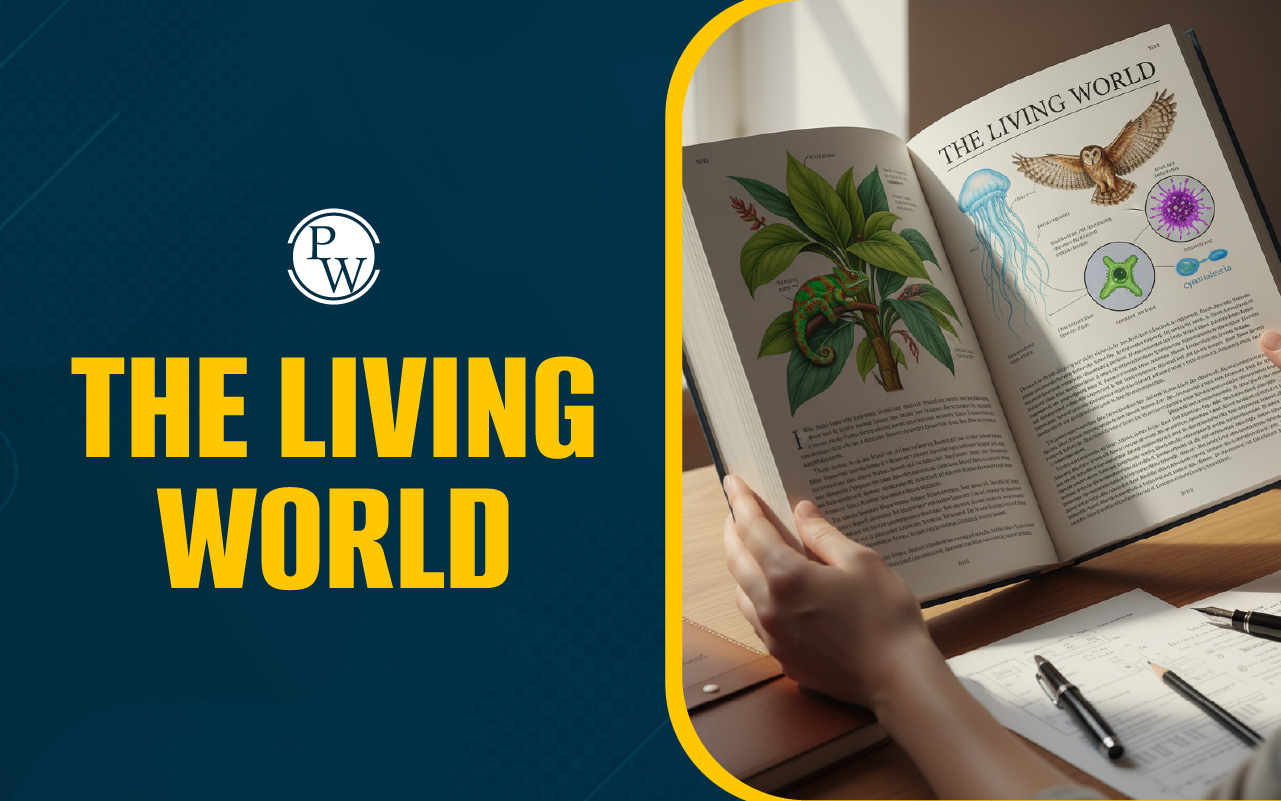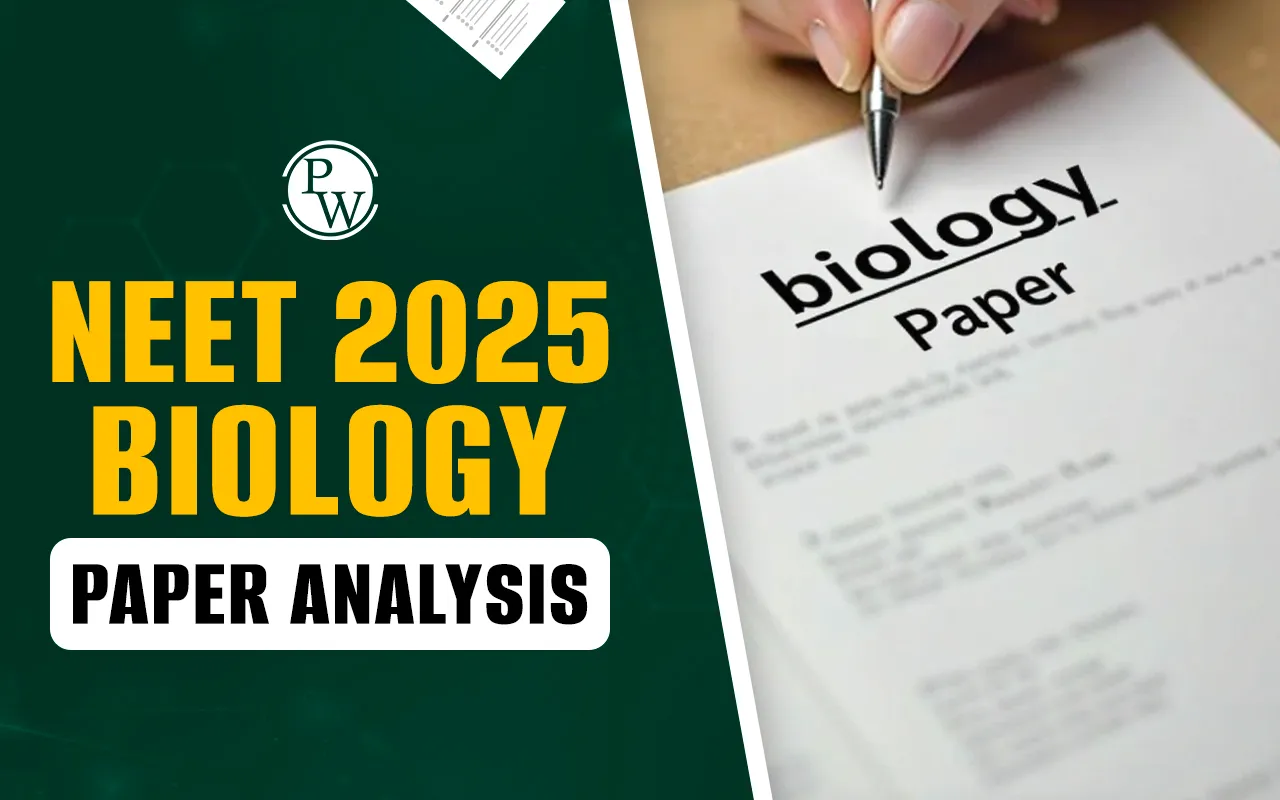
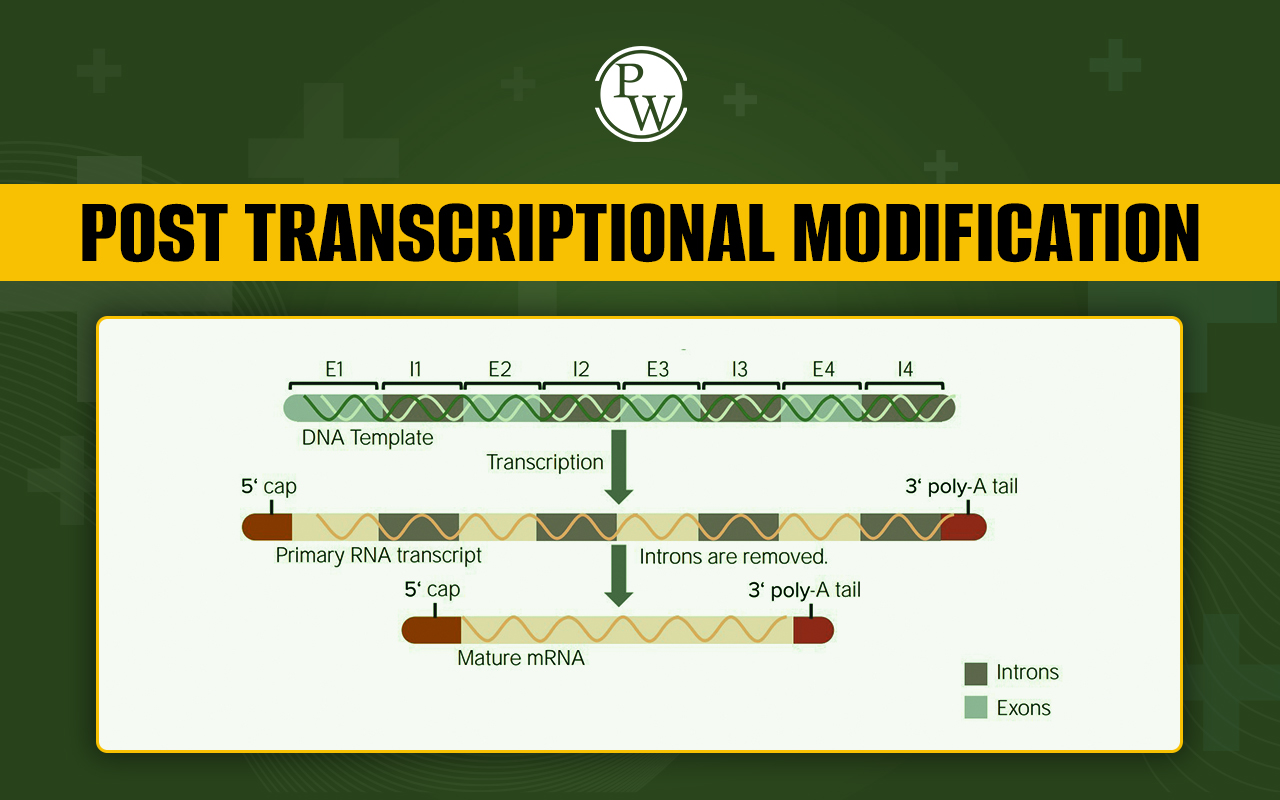
Post transcriptional modification is a crucial process in eukaryotic cells that plays a key role in converting the newly synthesized RNA , called heterogeneous nuclear RNA (hnRNA), into functional messenger RNA (mRNA). This process is vital for ensuring that mRNA is properly processed, stable, and ready for translation into proteins. Post-transcriptional modifications include capping, tailing, and splicing, all of which are necessary for the proper expression of genes. Understanding these processes is important for biology and the NEET exam , as they form the foundation of molecular biology and gene expression mechanisms.
Post Transcriptional Modification Overview
Post transcriptional modification is a crucial step in the processing of heterogeneous nuclear RNA (hnRNA) into mature messenger RNA (mRNA) that is ready for translation. This process is unique to eukaryotic cells and is absent in prokaryotes. In eukaryotes, the primary RNA transcript (hnRNA) produced during transcription contains both coding regions (exons) and non-coding regions (introns). Because of the presence of introns, the hnRNA is non-functional and must undergo specific modifications to become a functional mRNA. These modifications ensure the stability of mRNA, aid in its transport from the nucleus to the cytoplasm, and facilitate accurate protein synthesis.Steps involved in post-transcriptional modification of hnRNA
The major steps involved in post-transcriptional modification include capping, tailing, and splicing.
Capping
Capping occurs at the 5' end of the hnRNA. A unique nucleotide, methyl guanosine triphosphate (mGppp), is added to the 5' end. This cap protects the RNA from degradation by exonucleases and facilitates ribosome binding during translation. Capping is the first modification to occur during RNA processing.
Tailing
At the 3' end of hnRNA, a series of adenine residues (200–300) are added, forming a poly-A tail. This process, called polyadenylation, is template-independent. The poly-A tail enhances the stability of mRNA and aids in its transport from the nucleus to the cytoplasm .
Splicing
Splicing is the most critical step in post-transcriptional modification. Introns, which are non-coding sequences, are removed from the hnRNA. The remaining exons, which are coding sequences, are joined together to form mature mRNA. This step ensures that the RNA transcript can be translated into a functional protein.
Process of Splicing
Splicing begins when the snRNPs attach to specific sequences at the 5’ and 3’ ends of introns in the hnRNA. These sequences act as signals for splicing.
- Spliceosome Formation: The snRNPs bind to the intron regions and form a spliceosome, which is a large complex that facilitates the cutting and joining process.
- Intron Removal: The spliceosome excises the introns by cutting them out at the designated sites.
- Exon Joining: After intron removal, the remaining exons are joined together by RNA ligase to form the mature mRNA.
This precise process is vital to ensure that the final mRNA contains only coding regions. Errors in splicing can lead to the production of defective proteins, which may result in diseases or cellular dysfunctions.
Significance of Post-Transcriptional Modification
Post-transcriptional modifications are essential for producing functional mRNA from hnRNA. These modifications include capping, tailing, and splicing, which ensure mRNA stability, proper transport to the cytoplasm, and accurate protein synthesis.
- mRNA Stability: The 5' cap and 3' poly-A tail protect mRNA from degradation, allowing it to persist in the cytoplasm for translation.
- mRNA Export: The modifications signal the transport of mRNA from the nucleus to the cytoplasm for protein synthesis.
- Proper Protein Synthesis: Splicing removes introns and joins exons to form a functional mRNA sequence.
- Gene Expression Regulation: These modifications regulate mRNA stability and translation, influencing protein production.
MCQs of Post Transcriptional Modification
Q1. Capping is a process in which;
- adenylate is added at 5' end.
- methyl guanosine triphosphate is added at 5' end.
- adenylate is added at the 3' end.
- methyl guanosine triphosphate is added at 3' end.
Q2. Splicing is meant to eliminate;
- cistrons
- mutons
- exons
- introns
Q3. Methyl guanosine triphosphate is added at 5' end of hnRNA in a process of;
(1) Tailing (2) Splicing (3) Capping (4) None of these
Answers of MCQs of Post Transcriptional Modification
Ans1. Methyl guanosine triphosphate is added at 5' end., Ans2. Introns, Ans3. Capping Unlock your path to success with PW's comprehensive NEET preparation resources , which include useful guidance, personalized study plans, mock tests, and PW Online NEET Coaching , which are designed to help you achieve your dream medical college.
| NEET Exam Important Links | |
|---|---|
| NEET Syllabus | NEET Biology Diagrams |
| NEET Biology MCQ | NEET Biology Chapter wise Weightage |
| NEET Biology Notes | NEET Previous Year Question papers |
Post Transcriptional Modification FAQs
Q. What are the three post-transcriptional modifications?
Q. What is a post-transcriptional modification in transcription?
Q. Why is post-transcriptional modification absent in prokaryotes?
Q. Is RNA splicing a post-transcriptional modification?


